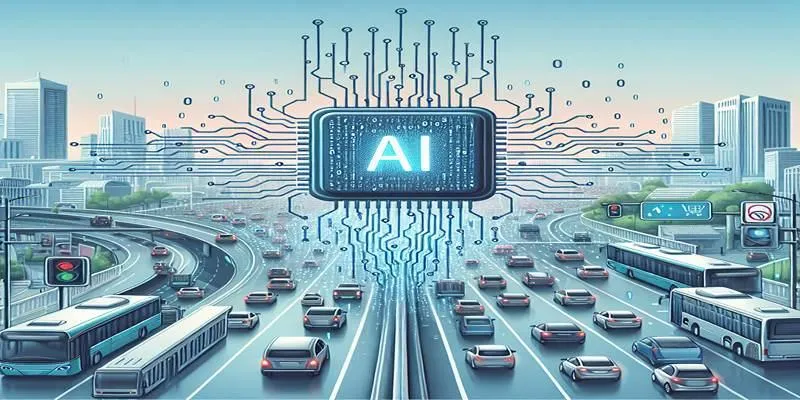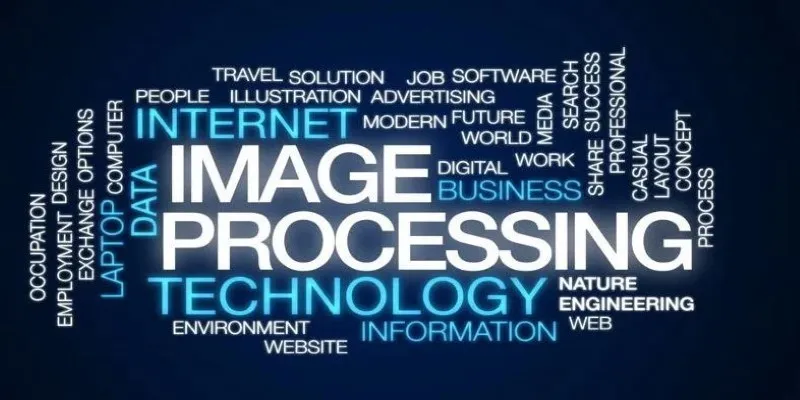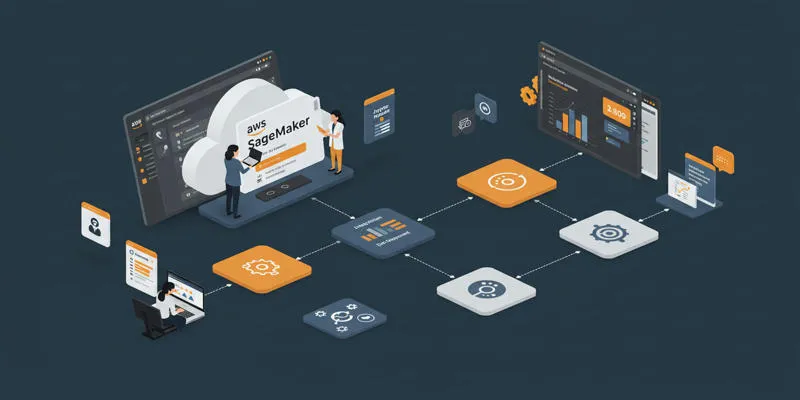Traffic congestion and road safety are significant concerns for cities worldwide. With populations growing and the number of vehicles on the road steadily increasing, traditional methods of managing traffic often fall short. In recent years, however, artificial intelligence (AI) has begun to play a crucial role in addressing these challenges.
From reducing traffic congestion to enhancing road safety, AI-powered traffic management systems are transforming how we navigate cities. This post explores how AI is revolutionizing traffic management and making roads safer and more efficient.
The Growing Need for AI in Traffic Management
As cities expand, traffic congestion remains a persistent problem. Traditional traffic control systems, relying on fixed traffic lights and manual monitoring, often struggle to adapt to real-time changes in traffic patterns. AI offers solutions by analyzing vast amounts of data and making instant decisions.
AI systems gather information from traffic cameras, sensors, GPS, and even social media feeds. Complex algorithms process this data to predict traffic flow, identify accidents, and adjust traffic signals for optimal traffic flow. Consequently, AI can ease congestion, enhance safety, and improve transportation networks.
How AI is Reducing Traffic Congestion

One of the most significant advantages of AI in traffic management is its ability to reduce congestion. Here’s how AI-powered systems are helping:
Real-Time Traffic Monitoring and Management
AI systems continuously monitor traffic conditions through sensors, cameras, and GPS data. By analyzing this data in real-time, AI can adjust traffic signals to optimize traffic flow. For example, AI can change the timing of traffic lights based on traffic volume, ensuring cars pass through intersections more efficiently.
Predictive Analytics for Traffic Flow
AI can predict congestion before it occurs. By analyzing historical data, AI systems can identify patterns and forecast where traffic jams might develop. This foresight allows authorities to take proactive measures, such as adjusting traffic light timings or redirecting vehicles to less congested areas.
Smart Routing
AI can assist drivers in avoiding congested routes by providing real-time navigation updates. For instance, AI-powered apps like Google Maps and Waze analyze traffic data from millions of users and suggest the fastest route. This reduces overall traffic volume on major roads, preventing further congestion.
Improving Road Safety with AI
Safety is a top priority in traffic management, and AI plays a significant role in reducing accidents and making roads safer. AI enhances road safety in several ways:
Incident Detection and Response
AI can detect accidents or incidents in real-time using cameras and sensors along roads. Once an incident is identified, AI immediately alerts traffic management centers and emergency responders. This quick response helps reduce the time it takes to clear accidents, preventing further delays and additional accidents.
AI-Powered Traffic Signals for Safer Intersections
AI-based traffic signal systems are designed to improve the flow of traffic at busy intersections. These systems can detect the presence of vehicles and adjust signal timing accordingly, ensuring cars spend less time waiting at red lights. Moreover, AI can prioritize traffic based on real-time conditions, such as giving more green time to emergency vehicles, buses, or pedestrians.
Autonomous Vehicles and AI
Autonomous vehicles powered by AI are becoming a critical part of the transportation ecosystem. These vehicles are designed to make driving safer by eliminating human error, a major cause of accidents. By using AI to detect obstacles, anticipate hazards, and make real-time decisions, autonomous vehicles can help reduce accidents and improve road safety.
Key Benefits of AI in Traffic Management
The integration of AI in traffic management offers several key benefits:
- Reduced Traffic Congestion : By optimizing traffic flow and adjusting signal timings based on real-time data, AI can minimize congestion.
- Improved Safety : AI enhances road safety by detecting incidents quickly, adjusting traffic signals, and supporting autonomous vehicles.
- Efficiency : AI-powered traffic systems can make transportation more efficient by predicting traffic patterns and adjusting routes.
- Environmental Impact : By reducing traffic jams and optimizing fuel use, AI can help lower carbon emissions from vehicles.
- Cost Savings : With smarter traffic management, cities can reduce the need for physical infrastructure and manual traffic control, lowering costs over time.
Challenges and Considerations for AI in Traffic Management
While AI holds immense potential for transforming traffic management, there are several challenges and considerations to keep in mind:
Data Privacy Concerns
AI systems rely heavily on data, and there are concerns about the collection and use of personal data, such as vehicle locations. Ensuring that data is collected ethically and that privacy is protected is a crucial issue that must be addressed.
Implementation Costs

The cost of implementing AI-powered traffic systems can be high, particularly in large cities. While the long-term benefits may justify the investment, initial costs may pose a barrier for smaller municipalities.
Integration with Existing Infrastructure
Integrating AI systems into existing traffic management infrastructure can be complex. It requires collaboration between various stakeholders, including local governments, technology providers, and transportation agencies.
Conclusion
AI has the potential to transform traffic management systems, reducing congestion, improving road safety, and making transportation more efficient. By leveraging real-time data, predictive analytics, and smart routing, AI can create smarter, safer, and more sustainable cities. While there are challenges in implementing AI systems, the benefits far outweigh the drawbacks. As technology continues to advance, AI will play an increasingly important role in shaping the future of transportation and urban mobility.
 zfn9
zfn9






















